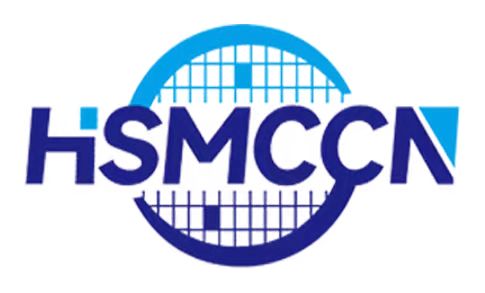
Privacy statement: Your privacy is very important to Us. Our company promises not to disclose your personal information to any external company with out your explicit permission.

Driven by the waves of globalization and digitization, the leather goods industry is embracing unprecedented new opportunities for transformation and upgrading. As an essential component of traditional manufacturing, the leather goods industry not only fulfills the vital role of satisfying consumers' daily needs but also demonstrates robust market vitality and developmental potential through continuous innovation.
In recent years, the diversifying and personalizing consumer demand has gradually propelled the leather goods industry to break free from the constraints of traditional manufacturing models, embracing more flexible, efficient, and intelligent production methods. On one hand, personalized customization has emerged as a significant trend in industry development. Consumers are increasingly inclined towards unique and designer leather goods, providing vast market opportunities for leather goods manufacturers. On the other hand, the widespread adoption of environmental protection concepts has catalyzed the green transformation of the leather goods industry. Increasingly, companies are adopting environmentally friendly materials and sustainable production processes to minimize their impact on the environment.
Technological advancements have been a pivotal driver in the leather goods industry's transition towards automation and intelligence. The integration of advanced robotics, the Internet of Things, big data analysis, and other cutting-edge technologies has enabled leather goods manufacturers to achieve precise control over their production processes, enhancing both efficiency and quality. Simultaneously, digital technology has played a crucial role in areas such as marketing and supply chain management, assisting companies in better grasping market dynamics and consumer preferences.
Moreover, the leather goods industry is continuously exploring new avenues for application. As people's living standards improve and consumption patterns evolve, leather goods are finding their way into various sectors, including tourism, business, and gifting. This expanded scope offers leather goods manufacturers numerous market opportunities and vast development spaces.
However, amidst this transformation and upgrading, the leather goods industry faces several challenges. Fluctuations in raw material prices and supply chain instability pose significant cost control challenges for manufacturers. The intensifying competition within the market demands continuous improvements in product quality and service levels to capture consumer attention. Additionally, the stringent environmental regulations imposed by governments worldwide necessitate a heightened focus on environmental protection and sustainable development during the production process.
To address these challenges, leather goods manufacturers must adopt proactive measures. Establishing stronger relationships with suppliers is crucial to ensure stable raw material supplies and maintain quality standards. Simultaneously, increasing investment in research and development is essential to enhance product design and add value. Embracing environmental protection concepts and adopting eco-friendly materials and processes are also vital to reducing the industry's environmental impact.
In the context of globalization, international cooperation and exchange have become increasingly important for the leather goods industry. By importing advanced technologies and management expertise from abroad, manufacturers can enhance their international competitiveness. Active participation in international exhibitions and exchange activities can also help expand overseas markets and facilitate the industry's internationalization.
Looking ahead, the leather goods industry is poised to maintain a robust development trajectory. As consumers' pursuit of quality and design continues to escalate, and digital and intelligent technologies become more widely adopted, leather goods manufacturers are presented with numerous growth opportunities. Simultaneously, environmental protection and sustainable development are emerging as critical directives for industry development.
In conclusion, the leather goods industry stands at a crucial juncture of transformation and upgrading. Manufacturers must relentlessly pursue technological innovation, market expansion, and environmentally sustainable practices to adapt to changing market conditions and consumer demands. Only through continuous innovation and progress can they secure a competitive edge in the fiercely competitive market.

Privacy statement: Your privacy is very important to Us. Our company promises not to disclose your personal information to any external company with out your explicit permission.

Fill in more information so that we can get in touch with you faster
Privacy statement: Your privacy is very important to Us. Our company promises not to disclose your personal information to any external company with out your explicit permission.